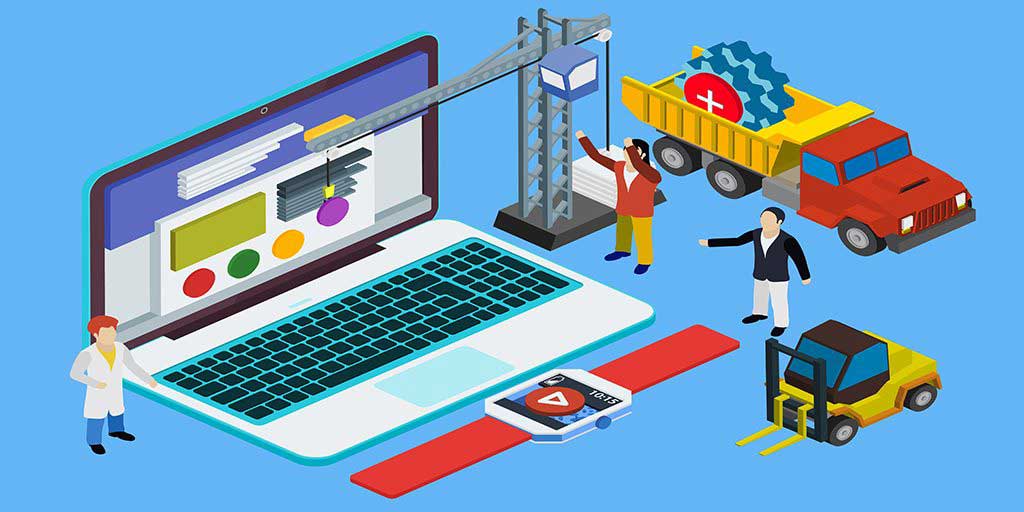 Companies know that at scale, small details can make a big difference. Nowhere is this more obvious than in the realm of design.
Companies know that at scale, small details can make a big difference. Nowhere is this more obvious than in the realm of design.
While some in the C-Suite deride design as superficial, design isn’t just the way something looks. Design dictates the way we do our jobs, build our businesses and live our lives.
For design skeptics, there’s plenty of data to back up these claims. A study by DMI and Motiv Strategies reported that between 2005 and 2015 design-led companies — those “committed to design as an integral part of their business strategy” — outperformed the S&P 500 by a whopping 211 percent.
Investing in Experience Results in Robust Returns
Enterprise design often means user experience (UX): the way a user interacts with your website, app, software or product. And guess what? Companies that invest in customer experience also outpace the market.
According to Group XP (pdf), the 30 brands offering the best customer experience outperformed the S&P by over 50 percent between 2013 and 2016.
Companies like Netflix and Amazon have famously crushed their competition by offering a smoother, more streamlined user experience.2 Netflix essentially buried Blockbuster by reinventing how customers experience and pay for movies. Amazon Prime’s two-day free shipping tops every other major retailer’s delivery practices, giving shoppers a headache-free, frictionless buying process.
Why Experience Matters for Enterprises. And Employees
Enterprises see UX as a key to attracting customers. But UX can also play a vital part in reaching employees.
As younger employees enter the workforce, they bring with them a higher standard for UX. Consumer apps have created a comfort level and an expectation among employees for the apps and software the business provides. It can be a real challenge to go from an easy, intuitive app on Sunday evening to a clunky, confusing UX on Monday morning.
BYOD (bring your own device) policies are on the rise for good reason: from apps to instantly book an office conference room to attachments which replace dedicated handhelds in the field, mobile devices can make it much easier for employees to do their job.
In an economy increasingly reliant on a remote, part-time, dynamic workforce access to information and the ability to collaborate online have never been more important. Enterprises are turning to solutions like Slack, Yammer and Trello — all notable for their simple, user-friendly interfaces — to connect and share information online.